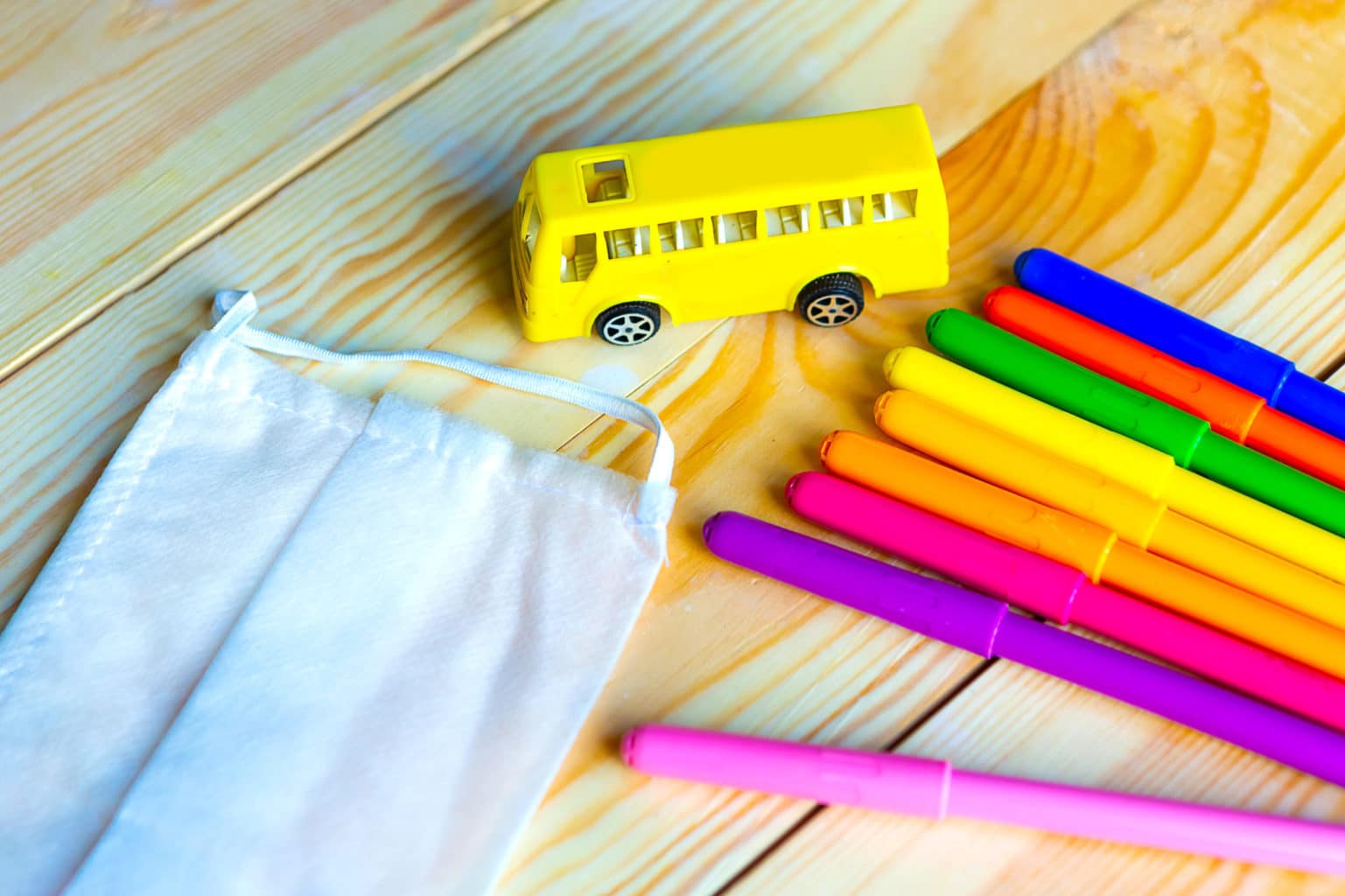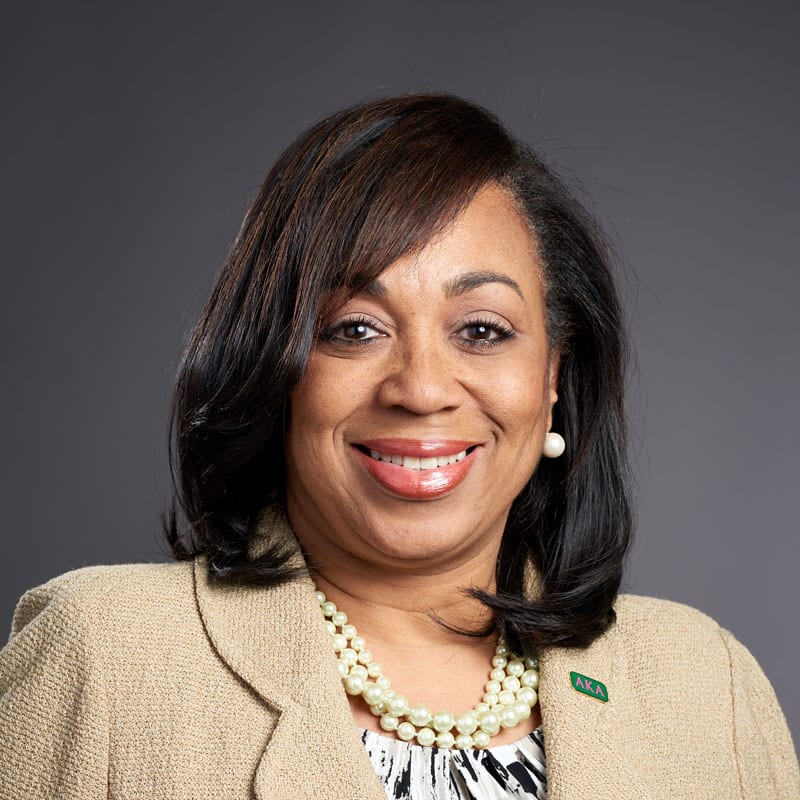
Back to school will be more challenging this year for a variety of reasons. Normal school day routines, social distancing, sanitation, and transportation will face significant changes this coming fall due to the novel coronavirus outbreak.
Our Vice President of Business Development, Scarla Gilbert, has spoken with First Student district partners across North America to gather insights on how districts are planning for back to school and what considerations they are taking as they prepare for a vastly different school startup.
What are some of the top questions school districts are asking themselves as they prepare for back to school?
When will school start?
The biggest unknown is when school will start. Some districts are looking at pushing the start date up into July/early August – whereas others are concerned about starting on time. This is a daily conversation in some districts as they try to plan. Most say the next 1 – 2 months of COVID-19 stats will provide the directional answer for many.
Will there be bus drivers?
Getting drivers back to work will be the biggest concern when it comes to student transportation. While our First Student teams are doing all they can to maintain some contact, a loss of drivers will still occur. Others will be lost due to COVID-19 fear. A large portion of our driving population is older – which is also the most likely impacted by the virus.
Additionally, both new and inexperienced drivers need training. Due to various interaction restrictions, our First Student driver training will look different this year as we work to keep our drivers safe, healthy, and compliant with CDC recommendations.
Will there be buses?
Because most school buses will have sat, in some instances, for five months, First Student locations are preparing for increased maintenance requirements at the start of back to school. Our teams are looking at what we can do to ensure everything is road-ready when necessary.
How do you practice social distancing on a bus?
Additionally, districts and First Student location staff are currently contemplating what social distancing will look like both on and off the bus. Though social distancing will be required in all places, exactly what that might look like on the bus depends largely on what state and/or federal mandates might look like.
Some districts are considering keeping students at least one bus seat apart, while others are looking into plexiglass or other protective barriers that keep drivers and students safe.
How is First Student planning for school start-up this year?
Most schools are still doing what they would normally at the end of the school year. They are working to understand which employees will be back; what summer programs are running; painting their parking lots; starting their routing, etc.
In the meantime, First Student has developed a “Return to School” taskforce that has been hard at work researching and talking to districts and locations to develop robust plans for school start-up that keep everyone involved safe and healthy.
From driver check-in and bus cleanliness to student seating, we have assembled a team of experts from engineering, safety, training, operations, and human resources to assess driver PPE, social distancing on the bus, and bus sanitation.
What have you heard from other states and districts about how schooling might change?
Districts across North America are looking into a myriad of solutions to ensure they can balance instruction and safety next school year. The two main considerations districts are talking about now are split days and alternating days/weeks.
Split Days
Some districts are looking into a mix of AM/PM classes where some students attend class in the mornings, and other groups attend in the evenings. Reducing the number of students that will be together as well as the number of students in class at the same time are critical considerations for proper social distancing.
Split properly, this approach would effectively cut in half the ridership on all existing bus runs – and double the number of runs.
- Advantages of split days include:
- Students would get some classroom time every day. Drivers would drive the same routes every day. This scenario would generally increase route hours and some drivers would find this attractive, which could help with driver retention.
- Disadvantages of split days include:
- Route times for many locations would exceed eight hours and may be more costly. Midday and extracurricular runs could also be impacted. Due to ride times and bell time implications, some students could spend as long in transport as they spend in classroom each day.
Alternating Days (or weeks)
Other districts are looking into a rotating schedule that blends some days of in-person instruction with e-learning days completed from home. From a social distancing perspective, this scenario would effectively cut in half the ridership on all existing bus runs.
- Advantages of alternating schedules include:
- Likely the most feasible of the options from a transportation perspective. On days of attendance, students would have full instruction days. Routing is less likely to be disrupted, depending on how the tactic is deployed.
- Disadvantages of alternating schedules include:
- Drivers would be expected to drive different routes on alternate days based on assigned ridership. Students would only receive classroom instruction time every other day (or week.)
Split and alternating days are the two options most talked about, but some other strategies districts are considering include:
- Provide e-learning option to all students
- Year-round schooling
- Suspending transportation for high school students
- Reduce transportation eligibility thresholds – longer walk zones
- Load balancing students across schools
- Alternating Bell Times to aid in social distancing
- Financial incentives for parents to transport own students
This is by no means an exhaustive list of potential scenarios for the upcoming school year. Additionally, many districts will likely have to employ a number of these strategies to reach a solution that best fits their community’s needs.
Any one of these alone would have major ramifications on a districts transportation system. Because districts are looking at combinations of these strategies is why it is critical to start having conversations now.
Our First Transportation Solutions (FTS) team has developed some Social Distancing & Routing strategies to help find the social distancing options that best fit your district. Take a look at our one-pager to learn more about how First Student can help your district prepare for the new challenges this upcoming school year will bring.
Download our Social Distancing & Routing One Pager to learn more!

Scarla Gilbert is the Vice President of Business Development at First Student. Get in touch with Scarla at Scarla.Gilbert@firststudentinc.com!